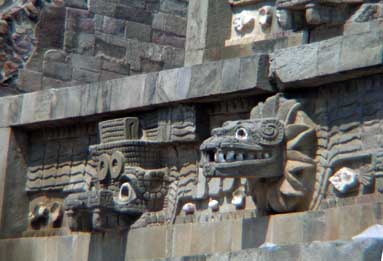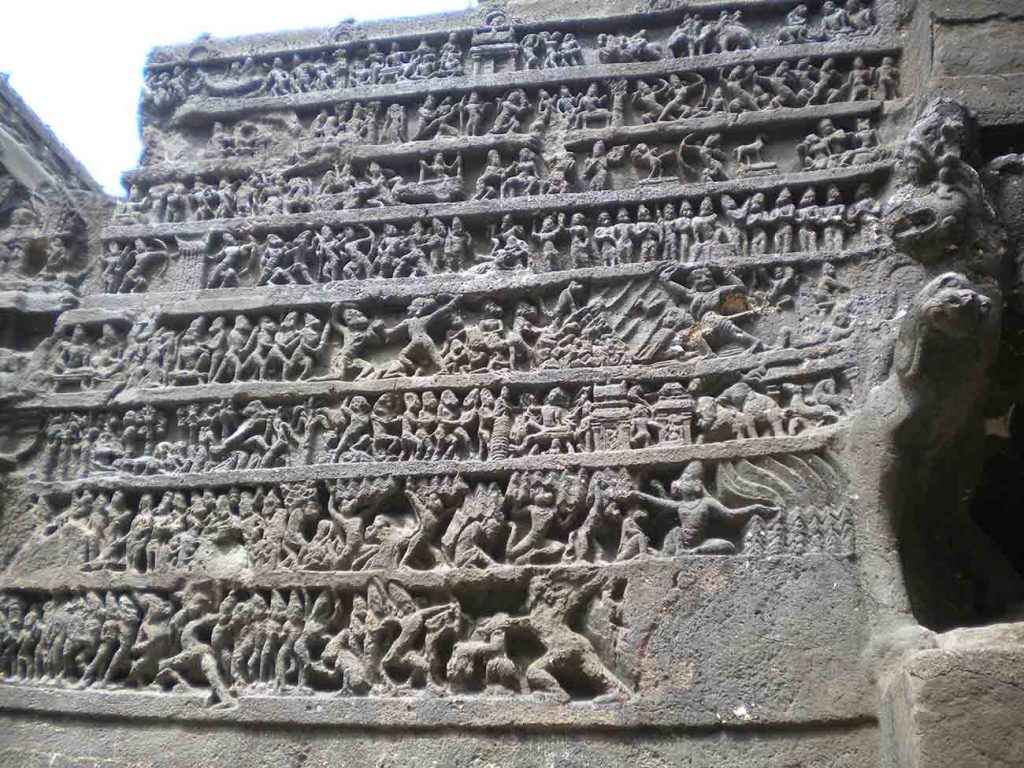New Large 'Wandering' Spider Discovered with Red Fangs
/Scared of spiders? You're going to love (or hate) the discovery of a new LARGE SPIDER the size of a softball. Seemingly straight out of a horror story, a team of researchers exploring Mexican mountains... at night wandered into a cave to find dozens of these large hairy red-fanged spiders hanging from the ceiling!!!
Originally found in 2013 by Jim Berrian and a team of researchers from the San Diego Natural History Museum released a report about their find earlier this year.
Jim and the others brought back 8 of 24 these spiders to study and named them "califorctenus cacachilensis" or "Sierra Cacachilas wandering spider" and represents a new genus of arachnids.
“When I saw these spiders for the first time, I was very impressed by their size,” Baja spider expert Maria Luisa Jimenez, a researcher at Centro de Investigaciones Biológicas del Noroeste.
The head and legs of the spider are dark brown with a yellow abdomen. The body is about an inch long while the legs are about four inches across. The arachnid belongs to the same family as the Brazilian wandering spider—one of the deadliest spiders in the world.
"I got bit while handling a live specimen of Califorctenus cacachilensis and I'm still alive," said Jim Berrian.
But this Sierra Cacachilas wandering spider is so different from other related species that the researchers put it in a different genus. Despite its large fangs and body, a bite from one won't kill you.
“The odds of discovering a new species are pretty high. But...generally, [most] new species discovered are itty-bitty things that people don’t pay attention to, so given the size of this spider, that was surprising.”
So, that's good news! You have a great chance of finding a new spider species... that may or may not be poisonous... and could be really big.
SOURCES:
1.http://www.smithsonianmag.com/smart-news/huge-new-spider-species-discovered-mexican-cave-180962848/#zLx8JBGCAEoQQAUz.99

















